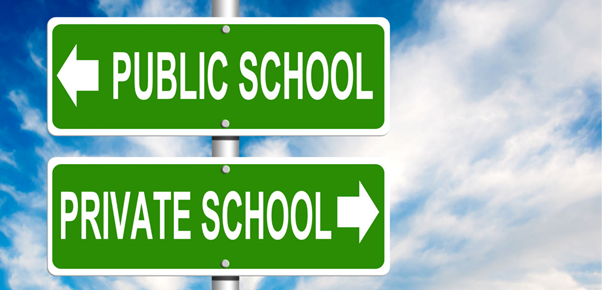Know the differences between Public and Private schools in India
Introduction:
Education is a fundamental building block for the development
of any nation, and in India, the choice between Private
school vs Public school plays a crucial role in shaping a child's
journey towards academic. Both sectors have their unique characteristics,
advantages, and challenges, making it essential for parents to be well-informed
before making a decision.
Ownership and Funding:
Public Schools: Also known as government schools, public
schools are funded and managed by the government. They aim to provide
affordable education to a wider section of society.
Private Schools: Privately-owned institutions are funded by
private individuals, trusts, or organizations. They often have a more diverse
source of funding, including tuition fees and donations.
Infrastructure and
Facilities:
Public Schools: Generally, public schools may have limited
resources when compared to their private counterparts. The infrastructure and
facilities can vary significantly, with some excelling while others may face
challenges.
Private Schools: Known for their modern infrastructure and
state-of-the-art facilities, private schools often invest more in amenities
such as sports facilities, libraries, and technology, creating a conducive
learning environment.
Class Size and
Student-Teacher Ratio:
Public Schools: Larger class sizes are a common
characteristic of public schools, resulting in a higher student-teacher ratio.
This can impact the individual attention a student receives.
Private Schools: Smaller class sizes are a hallmark of many
private schools, allowing for more personalized attention and interaction
between students and teachers.
Curriculum and Teaching
Methods:
Public Schools: Public schools usually follow a standardized
curriculum set by the government education board. The teaching methods may be
traditional, with an emphasis on exam-based assessments.
Private Schools: These institutions often have the
flexibility to choose their curriculum, which may include international
education systems. Innovative teaching methods, extracurricular activities, and
a focus on holistic development are common in private schools.
Fees and Affordability:
Public Schools: Public schools are designed to be affordable
for the masses, with nominal or no tuition fees. The government subsidizes the
cost of education to make it accessible to a broader spectrum of society.
Private Schools: Tuition fees in private schools can be
significantly higher, reflecting the additional resources and facilities they
provide. However, scholarships and financial aid may be available to make
education more accessible.
Quality of Education:
Public Schools: While some public schools excel in providing
quality education, challenges such as outdated infrastructure and a lack of
resources may affect the overall quality in certain cases.
Private Schools: The investment in better infrastructure,
qualified faculty, and modern teaching methods often contributes to a higher
perceived quality of education in private schools.
Conclusion:
Choosing between public and private schools in India requires
consideration of a number of criteria, including affordability, amenities, and
educational philosophy. Each type of institution has advantages and
disadvantages, and the best option is determined by personal preferences,
budgetary concerns, and the child's special needs. Finally, the purpose remains
the same: to deliver a high-quality education that provides the groundwork for
a prosperous future.
We hope this article proves to be a knowledgeable read.
Thank you!
Original content :- Know the differences between Public and Private schools in India




Comments
Post a Comment